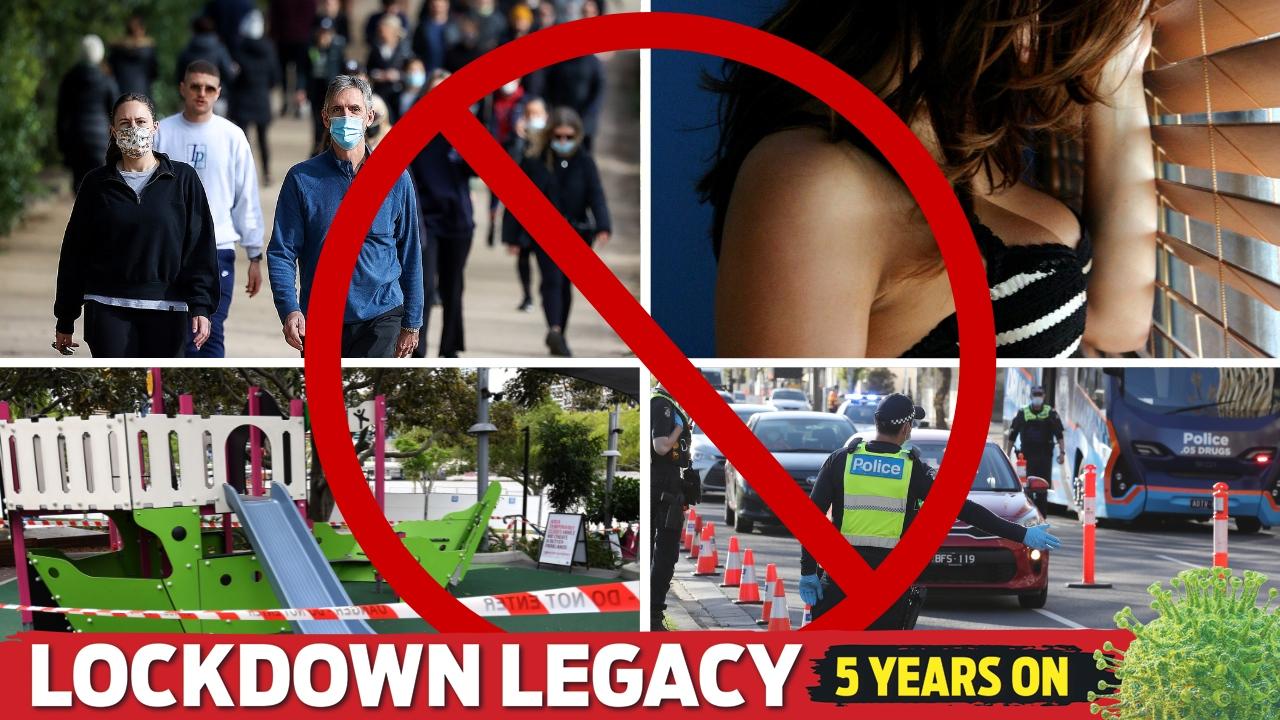Victorian and South Australian researchers help solve Covid placenta puzzle
A landmark discovery has revealed how the Covid virus infects the placenta and how it could potentially be stopped from reaching the embryo.
Coronavirus
Don't miss out on the headlines from Coronavirus. Followed categories will be added to My News.
In a major Melbourne-led breakthrough scientists have announced that placenta cells created in a laboratory have helped discover how the Covid virus can infect the placenta.
Critically, it will now lead to therapies to help prevent the potentially deadly virus crossing from the placenta – the temporary organ that is the very start of human life – to a developing embryo.
Scientific research had previously highlighted that severe Covid disease was more likely in pregnant women, creating a higher risk of stillbirth or premature birth, but until now it was not known how the virus was being transmitted.
In the landmark discovery published on Friday in Nature Cell Biology, the team reported it had used the placenta model, or platform, for the first time to show how the SARS-CoV-2 virus impacts the placenta.
The team, led by Professor Jose Polo from Monash University and the University of Adelaide and University of Melbourne’s Professor Kanta Subbarao from the Peter Doherty Institute for Infection and Immunity, used placenta tissue created in-vitro (in a dish) from reprogrammed human skin cells to study if SARS-CoV-2 could infect placenta cells.

The team originally created the placenta model in a world first in 2020 and this is the first time it has been used to identify the virus and its impact on the organ, which is an embryo’s lifeline that is vital to a healthy pregnancy.
It is a discovery that may also hold the key to solving many pregnancy complications from miscarriage and placenta praevia to debilitating genetic mutations and potentially even other viral infections.
Using this placenta model, the team reported it had found that the same protein that acts as the door way to allow the virus to enter organs like the lung is also present in some placental cells.
Professor Polo says it confirms it is the placenta that has the capacity to pass the potentially deadly virus to embryos.
This is a major finding, he says, as these same placental cells also produce a key hormone for maintaining pregnancy, known as human chorionic gonadotropin or hCG. Another important finding of the team was that when these cells are infected, they produce much less hCG.
“We found the mechanism (how it happens) which then allowed us to screen for different compounds that can block the viral entry of Covid into the placenta,” Professor Polo said.
“You could develop therapies based on this model and you could also safely test existing antivirals which would not be ethically possible in a real pregnancy.”
Professor Subbarao says it is a significant advance for the broader understanding of viral infections in pregnancy.

“Our study provides valuable insights into the link between SARS-CoV-2 infection and placenta pathology. This is a game changer as we are now equipped to explore how the early placenta may be affected by other viruses as well,” she said.
Professor Polo is the stem cell biologist who in 2021 revealed his laboratory at Monash University had created the first ever Blastoids, these are complex early embryo models grown in-vitro from human skin cells.
‘They are not real embryos,” Professor Polo said. “They are embryo models.”
He said this latest discovery did not come from using Blastoids as ethical constraints pose some restrictions on the use of embryo models in Australia.
Professor Polo says the early placenta platform offers the potential to, in time, prevent miscarriage by treating poor placenta health or to detect other viruses such as zika, influenza and even future forms of Covid.
He told the Herald Sun there is an established collaborative program across South Australia, Victoria, Queensland and Western Australia focused on placenta biology to understand how different disease affects the health of the placenta and to find solutions.





